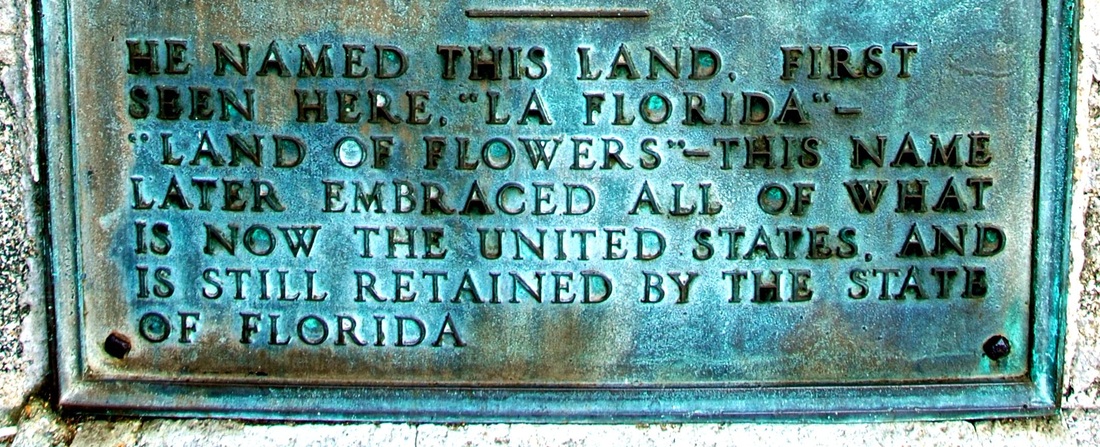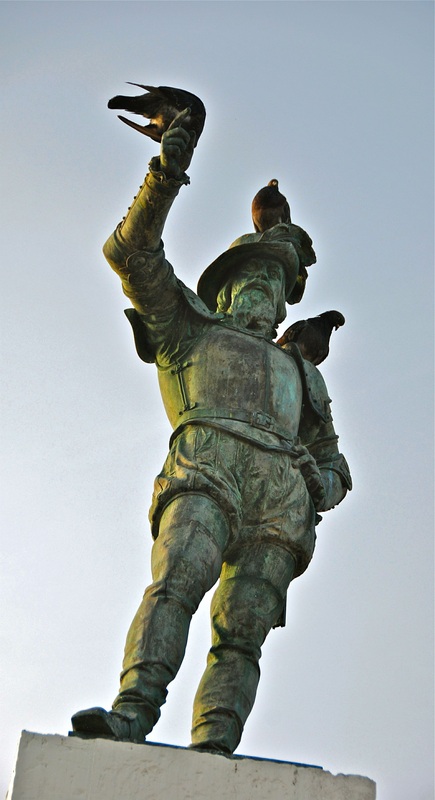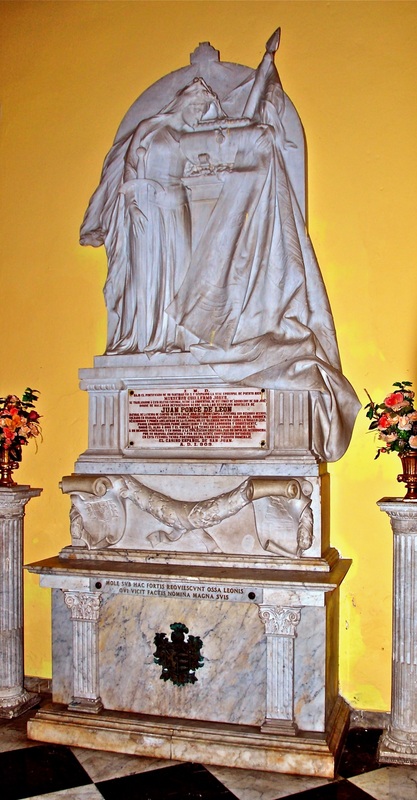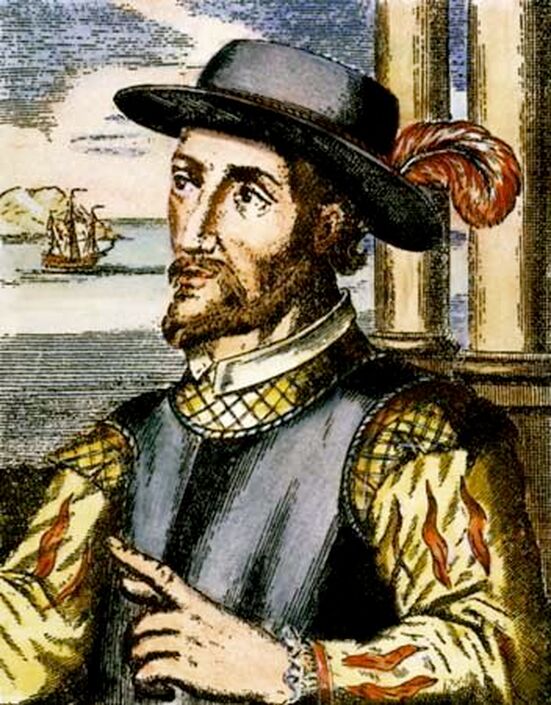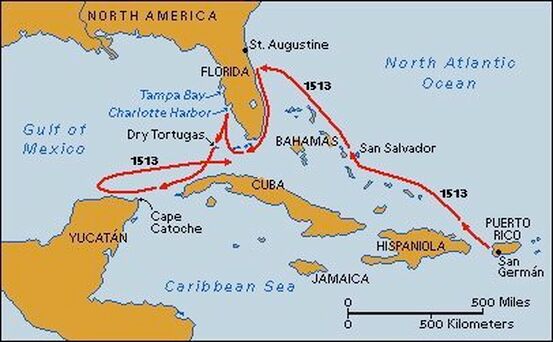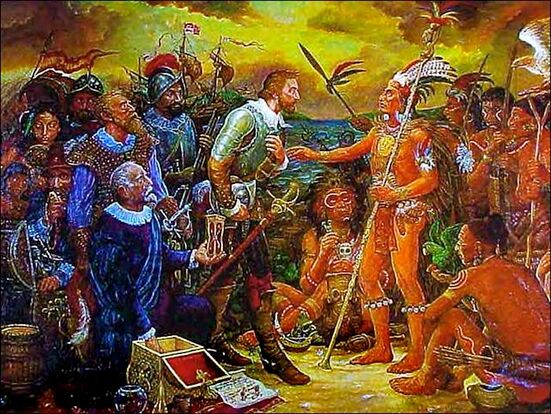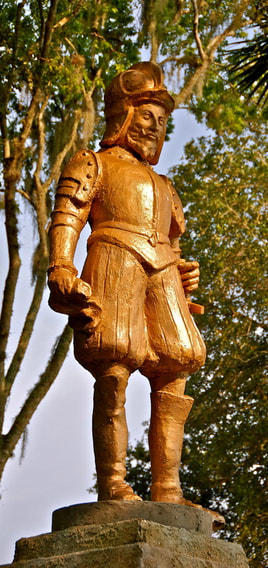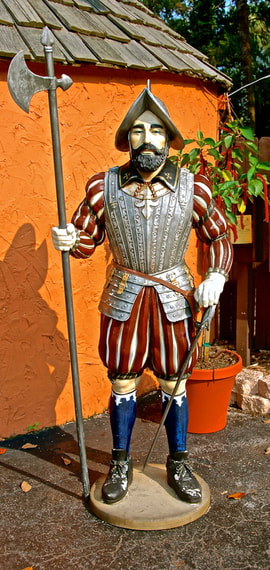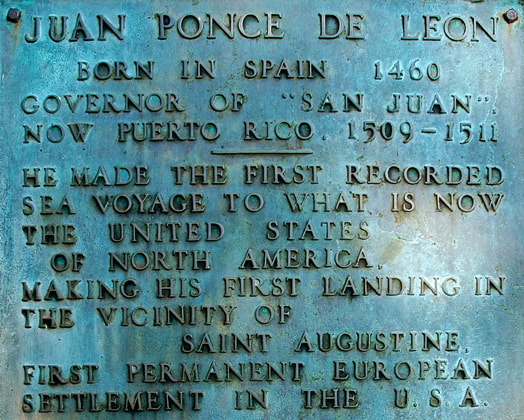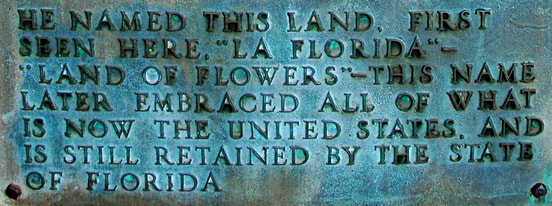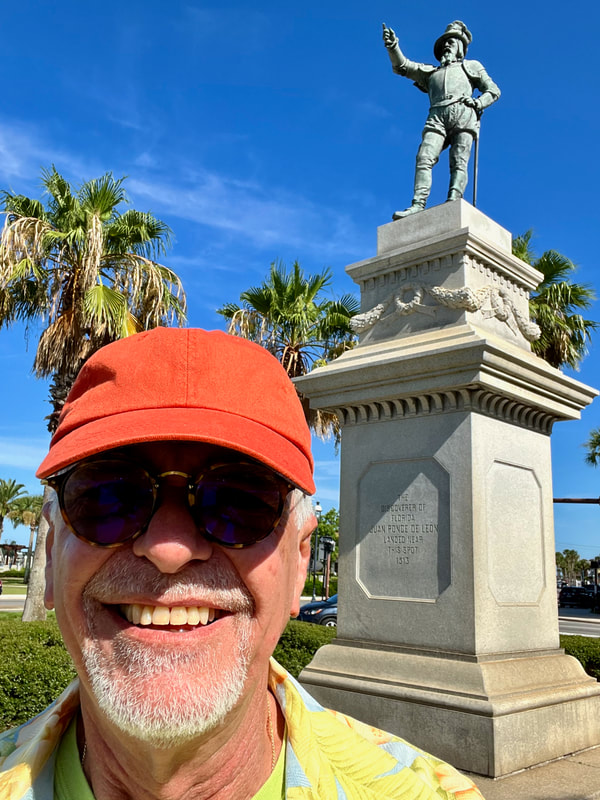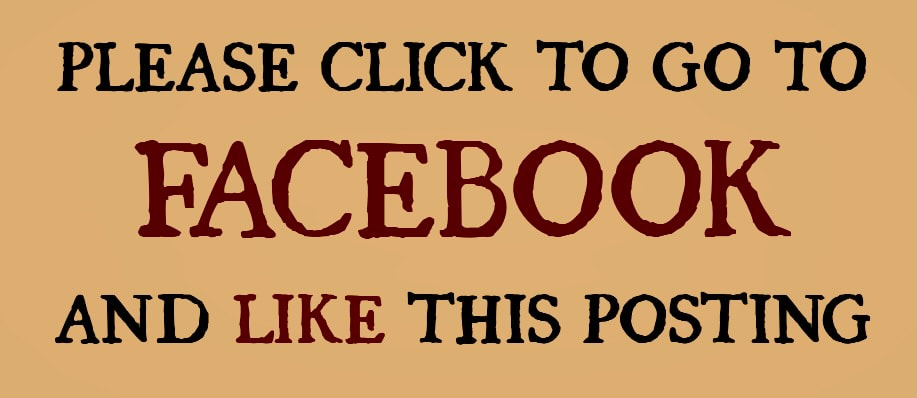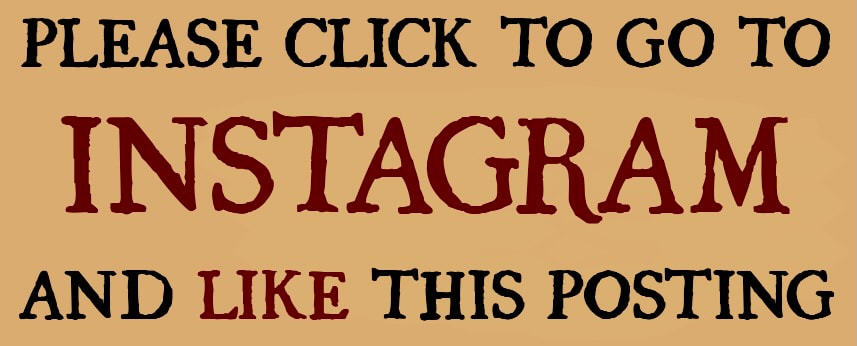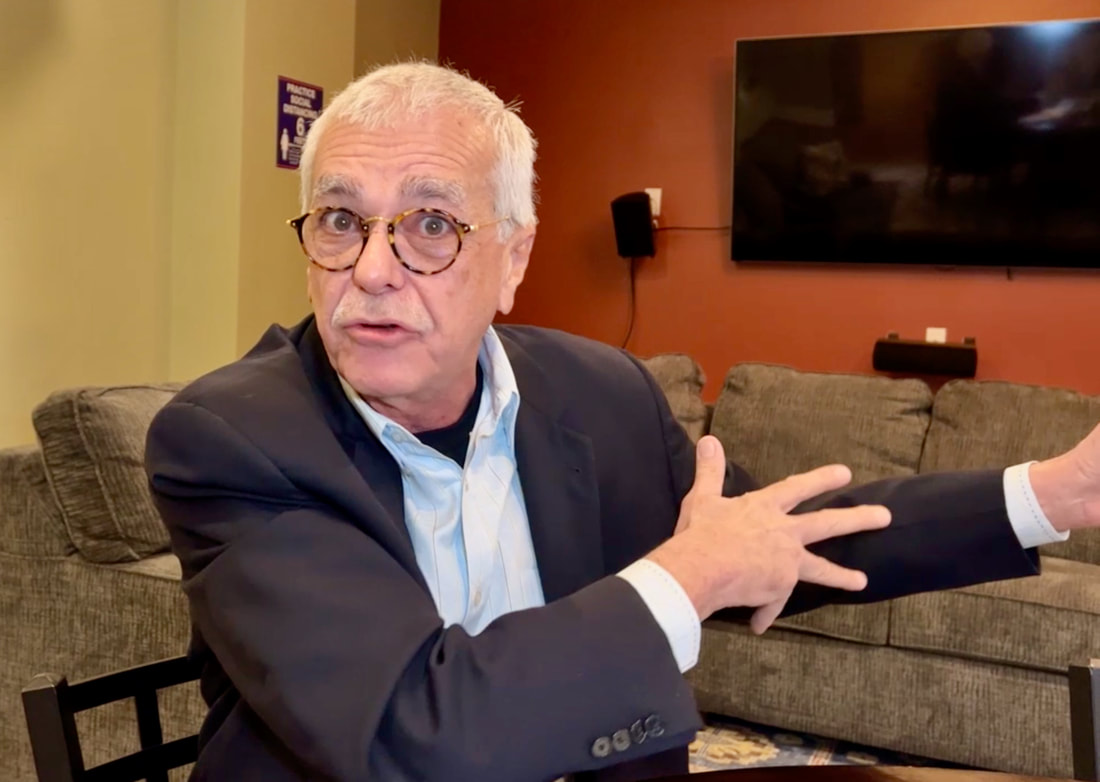"This name later embraced all of what is now the United States," -- the key point of my columns on this subject is written on the wall in St. Augustine.
29. Florida's Birthday
Should Be a National Holiday
|
By Miguel Pérez
When he discovered the huge landmass now known as the United States, Juan Ponce de Leon decided to call it Florida. It was April 2, 1513, during the "Pascua Florida" season — Spanish for "Flowery Easter" — and that name seemed appropriate as the conquistador and his 200 explorers contemplated the lush vegetation along the shoreline. They became the first Europeans to set foot on the mainland that later became the United States, landing somewhere on the east coast of the peninsula now known as the state of Florida. Yet their historic achievement is mostly ignored in the United States. April 2 is not an American holiday. When American history books tell us that Ponce de Leon discovered Florida, they usually fail to explain that the Florida territory of the 16th century covered a huge portion of today’s American mainland, and they undermine the importance of his great discovery. Although Florida initially was believed to be an island, in the late 16th century, European scholars and mapmakers used the word "Florida" to describe our country. Yet nowadays, when we hear that Ponce de Leon discovered Florida, we give him credit only for one state. It's absurd! He discovered our country! And instead of recognizing his great accomplishment, we entertain ourselves with mythical stories about his alleged search for a fictitious “Fountain of Youth.” That’s even more absurd! We know the main reason is The Black Legend, that infamous and insidious Anglo-Saxon campaign to demonize the Spanish explorers and minimize their accomplishments, a legend that has distorted American history and is still promoted by both anti-Hispanic zealots and Latinos who reject their Spanish heritage. But why are the rest of us Americans, of all ethnic and racial backgrounds, depriving ourselves of celebrating our national "American Discovery Day"? (That's what I would call it!) Why aren't we seeing huge nationwide celebrations to commemorate our birthday every April 2? Could it be simple confusion about the territory Ponce de Leon discovered? Consider this: Had this country been discovered by Anglo-Saxon explorers, instead of Spanish conquistadors, wouldn't we be watching fireworks all over the United State every April 2? Shouldn’t this day be even bigger than our entire Hispanic Heritage Month? That month is mostly dedicated to commemorating Christopher Columbus' discovery of the New World on Oct. 12, 1492 – although he never set foot in North America. It’s a time for ethnic parades and other wonderful festivities, as well as for some conflict between those Latinos who celebrate the accomplishments of their Spanish ancestors and those who reject them as ruthless invaders. But unfortunately, even among those Latinos who do celebrate their Spanish heritage, the month's festivities seldom are used to recognize the great feats of those conquistadors who really did discover, explore and settle huge portions of North America long before other Europeans. Hernando de Soto, Francisco Vazquez de Coronado, Pedro Menendez de Aviles, Alvar Nuñez Cabeza de Vaca and many other 16th-century Spanish explorers are the original American pioneers, the heroes who should be recognized during Hispanic Heritage Month. But it all began with the one who arrived in the New World on Columbus’ second trip, became the first governor of Puerto Rico, sailed north from Puerto Rico on March 4, 1513, and almost one month later found the land that was to become our country. He was mortally wounded during his second trip to Florida in 1521 and he is buried in Old San Juan. Yet even in 2013, on the momentous 500th anniversary of Ponce de Leon’s journey, we missed a huge opportunity to teach our fellow Americans the complete history of the United States. In 1976, when the U.S. celebrated the bicentennial of the American Revolution, and in 1992, when the entire Western Hemisphere celebrated the quincentennial of its discovery, there were wonderful re-enactments of historic moments, great history lessons, tall ship flotillas and plenty of fireworks. Yet April 2, 2013 – our American quincentennial – didn’t get similar attention. But why do we neglect our "American Discovery Day"? Is it because it would expose Hispanic roots that American history tends to keep hidden? Is it because it reminds us of nearly a century of Spanish exploration of North America before the British arrived? Mind you, in 2004, the Florida Legislature passed a law calling on the Florida Department of State to create a "Discovery of Florida Quincentennial Commemoration Commission," which was to "develop and lead a statewide master plan" for celebrations in 2013. Yet adequate funding for that project never was allocated by that same legislature; the commission never was fully established; and the law was repealed in 2008. And mind you, also in 2004, the two U.S. senators from Florida, Bob Graham and Bill Nelson, both Democrats, introduced federal legislation that would have established a "National Commission on the Quincentennial of the discovery of Florida by Ponce de Leon" — with offices in St. Augustine — to "encourage, coordinate and conduct" celebrations that would "enhance public understanding of the impact of the discovery of Florida on the history of the United States." However, although it was passed by the U.S. Senate, the bill never cleared the House and never became law. And so, plans for a national celebration never went anywhere. Granted, under a statewide "Viva Florida 500" campaign, there were history lectures, art exhibits, tall ship flotillas, parades, fireworks and wonderful reenactments of historic moments. But unfortunately, these events were so small and so local that the rest of us the nation was not even aware of them. Since I started raising this issue in 2009, suggesting in several columns that Florida’s birthday should be a national holiday, many readers have reacted very positively. They tell me to go ahead and “make it happen,” — as if one columnist had the power to do it all alone. The discovery of our homeland surely deserves a huge national celebration. But it’s up to all of us to make it happen. If you want to join me in this quest, send this essay to everyone you know. Ask your elected officials to issue proclamations recognizing April 2 as our American Discovery Day. I only have planted a seed, and this is a garden that belongs to all of us. Parts of this article draw from three columns written for the Creators Syndicate: “American Discovery Day, on Sept. 15, 2009, “What a Birthday to Forget,” on April 19, 2011 and “Florida’s 500th Birthday Should be a National Holiday,” on Feb. 12, 2013. |
|
UPDATE FROM MY 2022 ROADTRIP
|

